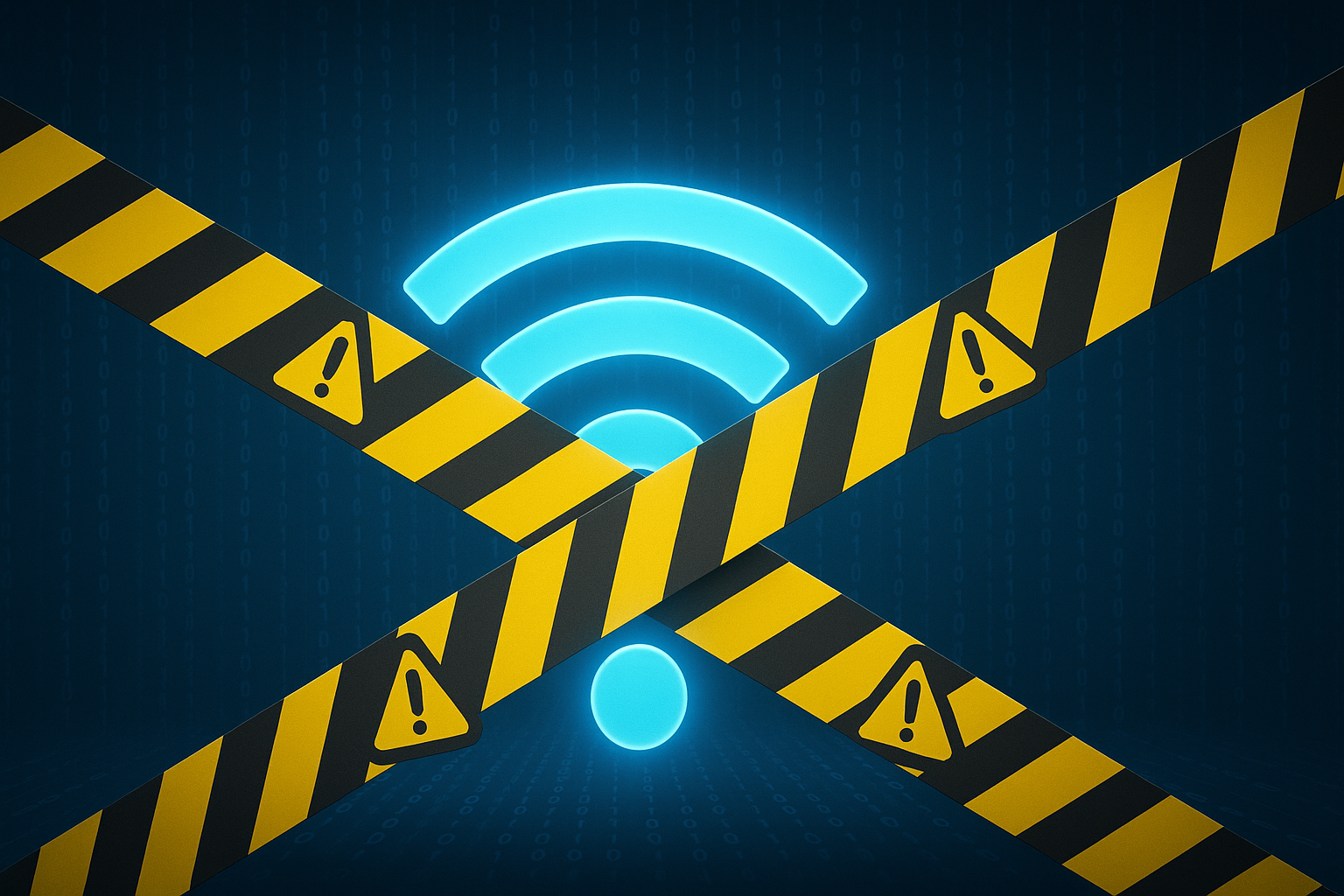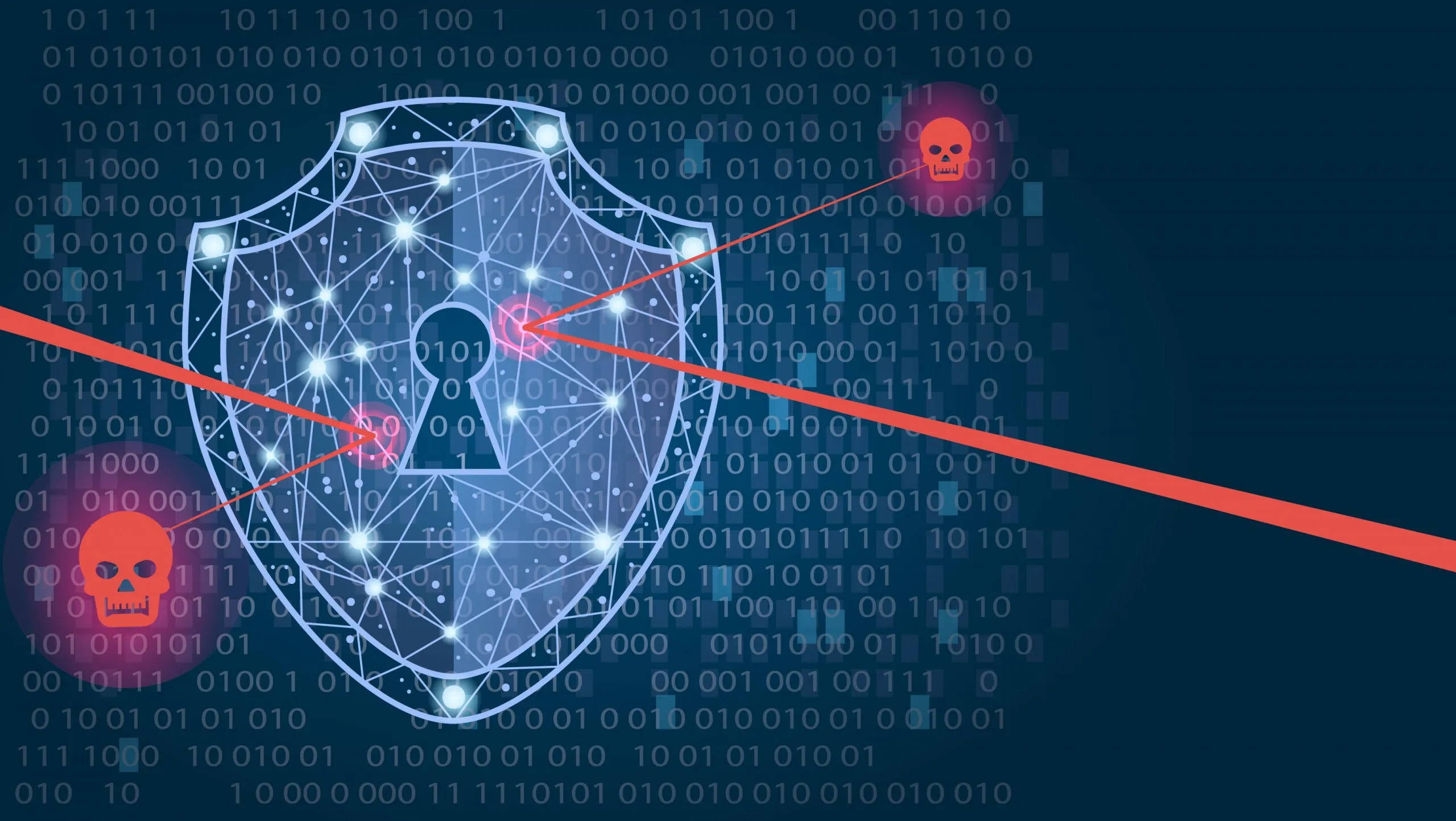Free Wi-Fi may feel like a modern convenience — and it is.
But for your business, it can also be a hidden vulnerability.
Whether it’s a team member checking email at the airport, uploading files from a hotel room, or jumping into a meeting from a coffee shop, public Wi-Fi opens the door to a host of cybersecurity risks.
And most employees don’t even realize it.
Why Public Wi-Fi Is Risky for Business
Public networks are often unencrypted, which means any data sent or received can be intercepted.
Think: email logins, file attachments, customer information — even internal tools or passwords stored in a browser.
Cybercriminals use tools that can:
-
Eavesdrop on open networks (sniffing tools to capture passwords and email content)
-
Create fake networks that look like legitimate hotspots (think “Free_Airport_WiFi”)
-
Inject malware into downloads or redirect users to malicious websites
These threats aren’t just theoretical.
They’re widely used because they’re simple, quiet, and effective.
The Business Impact
When an employee unknowingly connects to an insecure network:
-
Company data can be stolen or leaked
-
Credentials can be harvested and used to access internal systems
-
Malware can infect company devices and spread across your network
That casual 10 minutes of email from a hotel lobby could turn into hours of incident response, data loss, or reputational damage.
Practical Solutions to Protect Your Team
Fortunately, the fix isn’t complicated — it’s about awareness, training, and a few smart tools.
1. Use a Business-Grade VPN
A virtual private network (VPN) encrypts internet traffic, even on public Wi-Fi. That means hackers can’t intercept the data your employees send or receive.
Make sure your team knows: No VPN = No public Wi-Fi.
2. Disable Auto-Connect on Devices
Many phones and laptops automatically reconnect to known networks. This is risky — hackers can spoof those networks. Train staff to turn off auto-connect and manually choose trusted connections.
3. Enforce MFA Everywhere
Multi-factor authentication (MFA) adds a critical layer of protection.
Even if someone’s credentials are intercepted, they can’t log in without the second verification.
4. Train Your Team to Spot Red Flags
Security training doesn’t have to be complicated. Teach your team to avoid:
-
Joining networks without a password
-
Clicking on “agree to terms” screens that look suspicious
-
Downloading attachments over public Wi-Fi
Better yet — create a short “Safe Browsing” tip sheet they can keep handy.
Curious if your business is exposed to risks like this?
Let’s talk.
A quick assessment can reveal where you’re vulnerable — and how to fix it before it becomes a problem.

